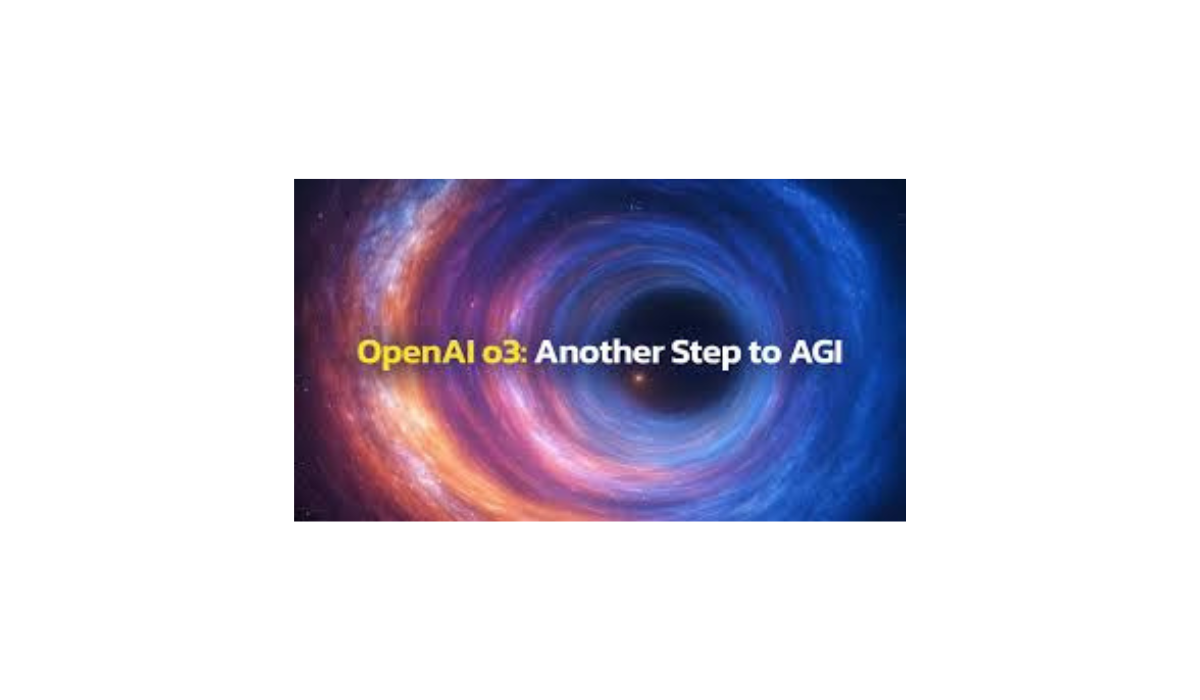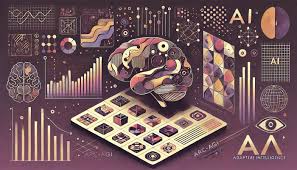Big ZG O3: A big step towards artificial general intelligence

Recent advancements in artificial intelligence have been remarkable, with the emergence of large language models capable of generating human-like text, engaging in natural conversations, and solving complex problems. One of the most prominent models is OpenAI’s O3. However, has this model truly reached the level of Artificial General Intelligence (AGI)? And what does this mean for our future?

O3 Model
Artificial General Intelligence (AGI) refers to an AI system capable of understanding and learning any intellectual task a human can perform. In other words, it is a system as intelligent as, or more intelligent than, a human, capable of handling a wide range of tasks and scenarios rather than being limited to specific functions.
Differences Between AGI and Narrow AI
- Narrow AI: This is the current dominant form of AI, designed to perform specific tasks like image recognition or language translation.
- AGI: It is far broader in scope, aiming to develop machines capable of independent thought and solving any problem presented to them.
Is the O3 Model an Example of AGI?
Despite the impressive capabilities of the O3 model, it is still far from achieving AGI. Like other large language models, O3 specializes in natural language processing and excels in this domain. However, it lacks several key features of true general intelligence, such as:
- Deep Understanding: While O3 can generate coherent texts, it does not genuinely comprehend the meaning behind these texts.
- Self-Awareness: O3 lacks self-awareness or the ability to recognize its existence in the world.
- Continuous Learning: O3 learns from massive datasets during training but cannot independently acquire new skills.
- Adaptability: The model performs well in predefined environments but struggles to adapt to novel and unpredictable scenarios.
Are We Close to Achieving AGI?
This is a challenging question to answer. Scientists and researchers are diligently working toward this goal, but many obstacles remain. Some experts believe AGI may be achieved in the coming decades, while others think it could take centuries.
Does O3 Possess AGI Characteristics?
This question is vital and contentious within the AI community.
What is AGI?
AGI is a level of AI where machines can understand, learn, and adapt like humans, performing any intellectual task that a human can.
What Are O3’s Capabilities?
O3 is an advanced large language model (LLM) capable of generating human-like text, translating between languages, and providing detailed answers. It has made significant advancements in natural language processing.
Does O3 Exhibit All AGI Traits?
Despite its impressive capabilities, O3 still falls short of several core AGI characteristics:
- Self-Awareness: O3 does not possess awareness of itself or its existence.
- Deep Knowledge Understanding: While it processes vast amounts of data, it lacks a complete understanding of the information it handles.
- Continuous Learning and Adaptation: O3 cannot independently learn new skills or effectively adapt to new environments.
- True Creativity: While O3 can produce creative outputs, its creativity is grounded in the data it has been trained on.
How Does the O3 Model Work? A Simplified Explanation
O3 is an advanced large language model developed by OpenAI. Think of it as a genius child who reads millions of books and uses this knowledge to answer questions intelligently and coherently.
How Does O3 Learn?
- Training on Massive Text Corpora: O3 is trained on vast amounts of diverse texts, including books, articles, and internet blogs. By analyzing this data, it learns grammar rules, facts, and relationships between words and sentences.
- Pattern Recognition: The model uses machine learning techniques to identify patterns and trends in the training data. For instance, it learns that words following “cat” often describe attributes like “playing” or “sleeping.”
- Developing Language Models: O3 uses these patterns to develop complex language models, enabling it to generate new texts, translate languages, and answer questions.
How Does O3 Operate?
When you ask O3 a question, it:
- Analyzes the Query: Understands the meaning behind the words and phrases used.
- Searches Its Memory: Retrieves relevant information from its extensive training data.
- Generates an Answer: Produces a logical and coherent response using its language models.
Example
If you ask O3, “What is the capital of France?”, it searches its database for information related to France and capitals, then generates the correct answer: “Paris.”
What Makes O3 Stand Out?
- Advanced Reasoning: O3 can perform complex reasoning tasks such as comparison, evaluation, and deduction.
- Multilingual Proficiency: It can handle multiple languages and produce high-quality text in each.
- Continuous Learning: The model can be updated with new data to enhance its performance.
Applications of the O3 Model
- Text Generation: Writing articles, stories, and poetry.
- Machine Translation: Translating between various languages with high accuracy.
- Question-Answering: Providing natural and comprehensive answers to user queries.
- Programming Assistance: Writing simple code snippets.
What Does This Mean for Our Future?
- Continuous Development: AI models like O3 will continue to evolve, with significant improvements in capabilities expected.
- New Applications: These advancements will unlock new possibilities across various fields, including healthcare, education, and entertainment.
- Ethical Challenges: As AI evolves, ethical challenges will arise concerning decision-making responsibility, job impacts, and privacy concerns.
Suggested for you: Lenovo Unveils Advanced Portable External Storage Device
Conclusion
The O3 model is a major milestone in AI, but it does not represent AGI. The path to achieving AGI remains long and arduous, requiring intensive research and development efforts. Nonetheless, current advancements in AI promise a transformative future, fundamentally altering how we live and work.


Comments